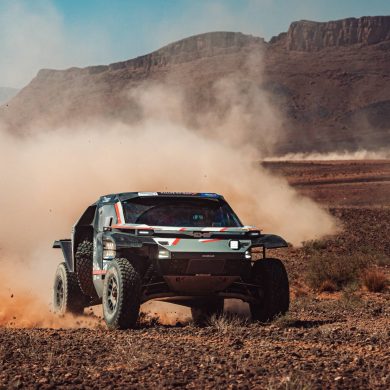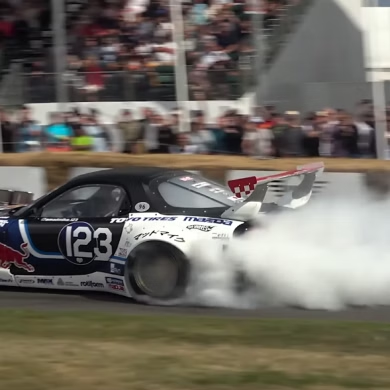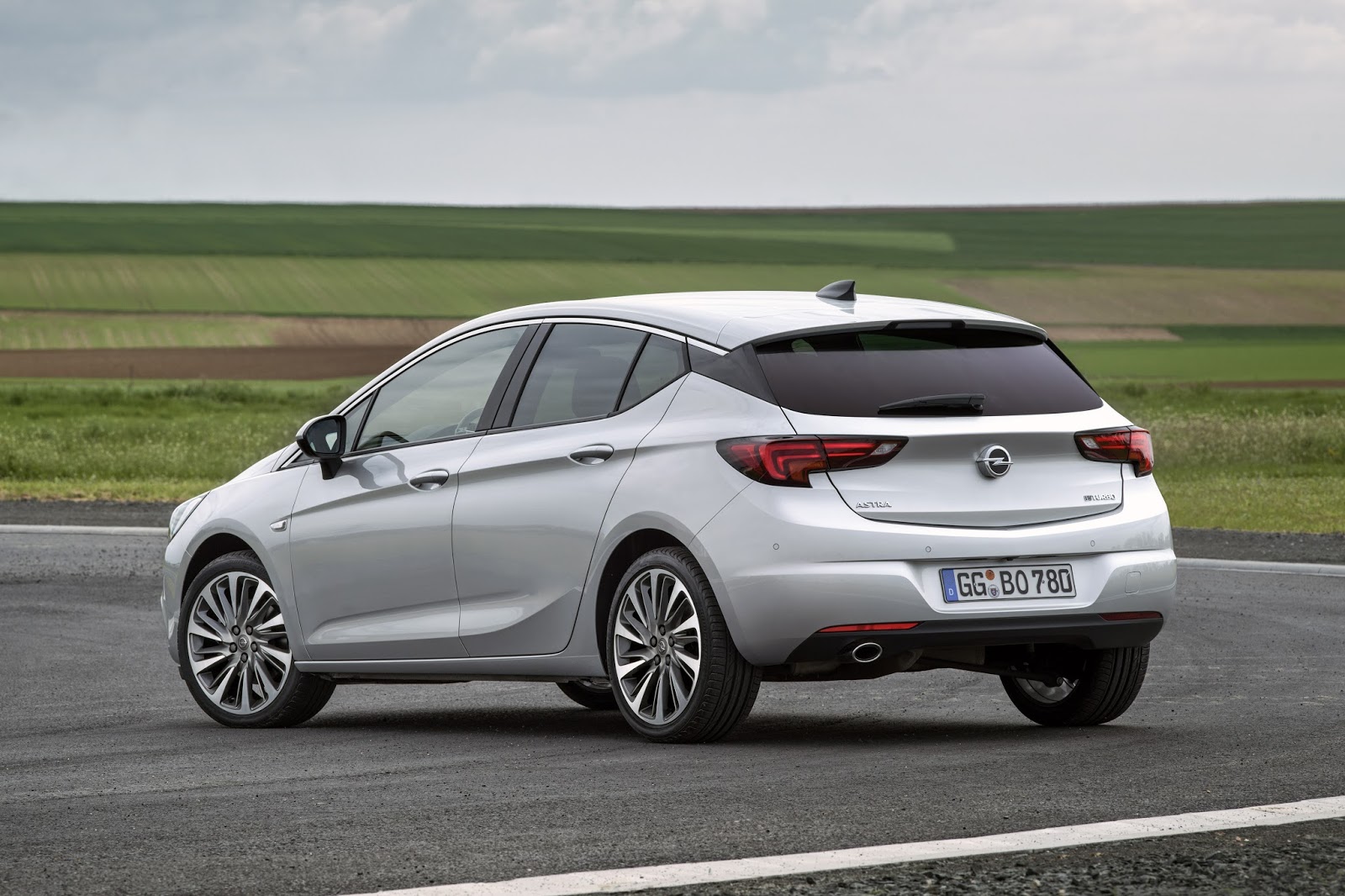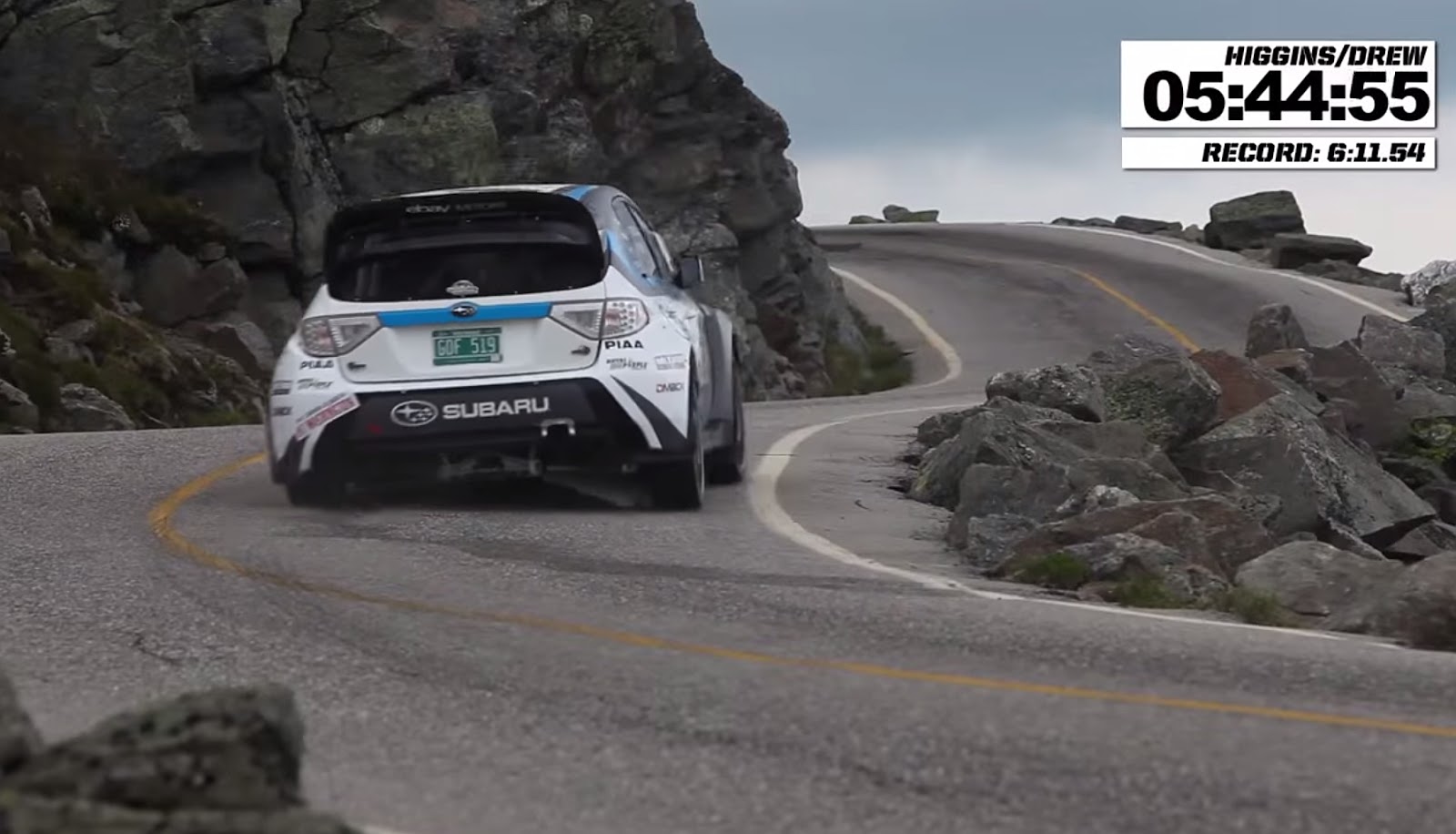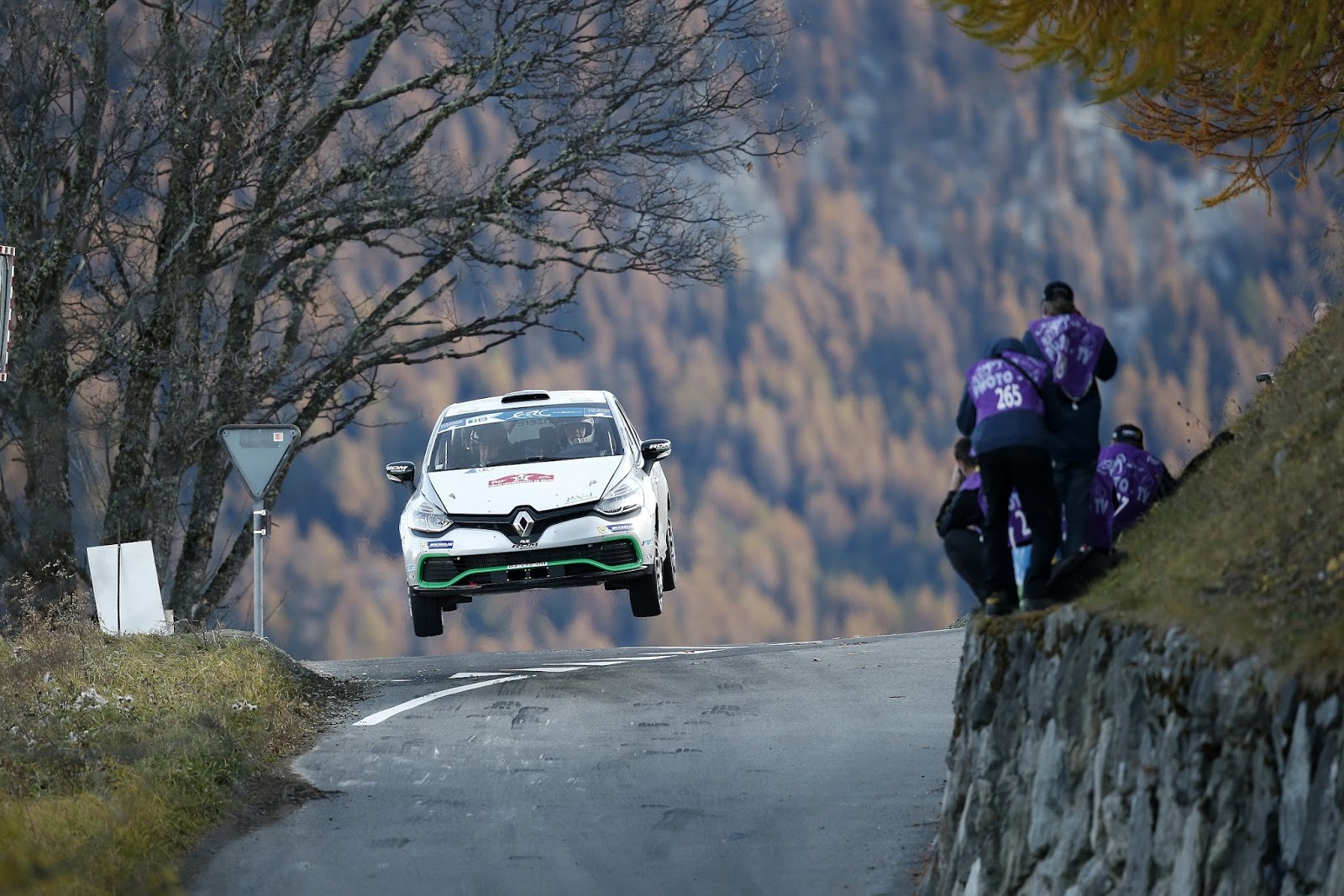
For 25 years, the Renault Clio has been making history not only thanks to its commercial success, but also thanks to its consistent presence in racing. Now in its 4th generation, the Clio continues to form the basis of one of the most successful front-wheel drive racers of all time, with the company's engineers revealing some of the secrets of this success.
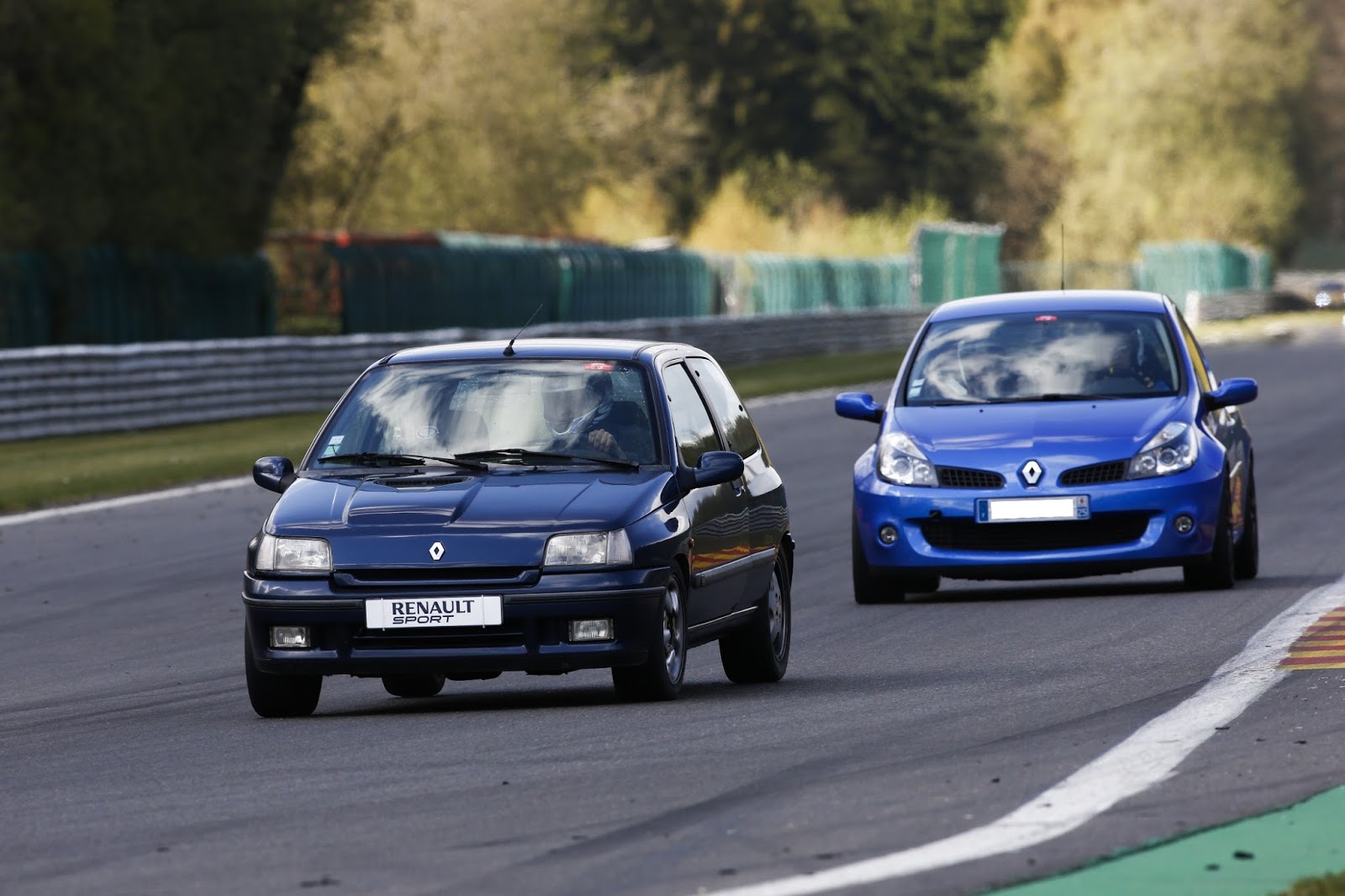
With the launch of the first generation of the Renault Clio 25 years ago, Renault created a highly commercial model and an excellent basis for the creation of racing versions that excelled in various forms of racing. With its philosophy completely interwoven with the world of rallying and Formula 1, Renault passed on to the Clio its experience of the track and special stages. In this way, it has created a model that stands out for its driving feel, an element that was confirmed in the best possible way in the races. It is characteristic that from the very first steps of the model's development, Renault developed the corresponding sports versions through which the Clio racing cars were created.
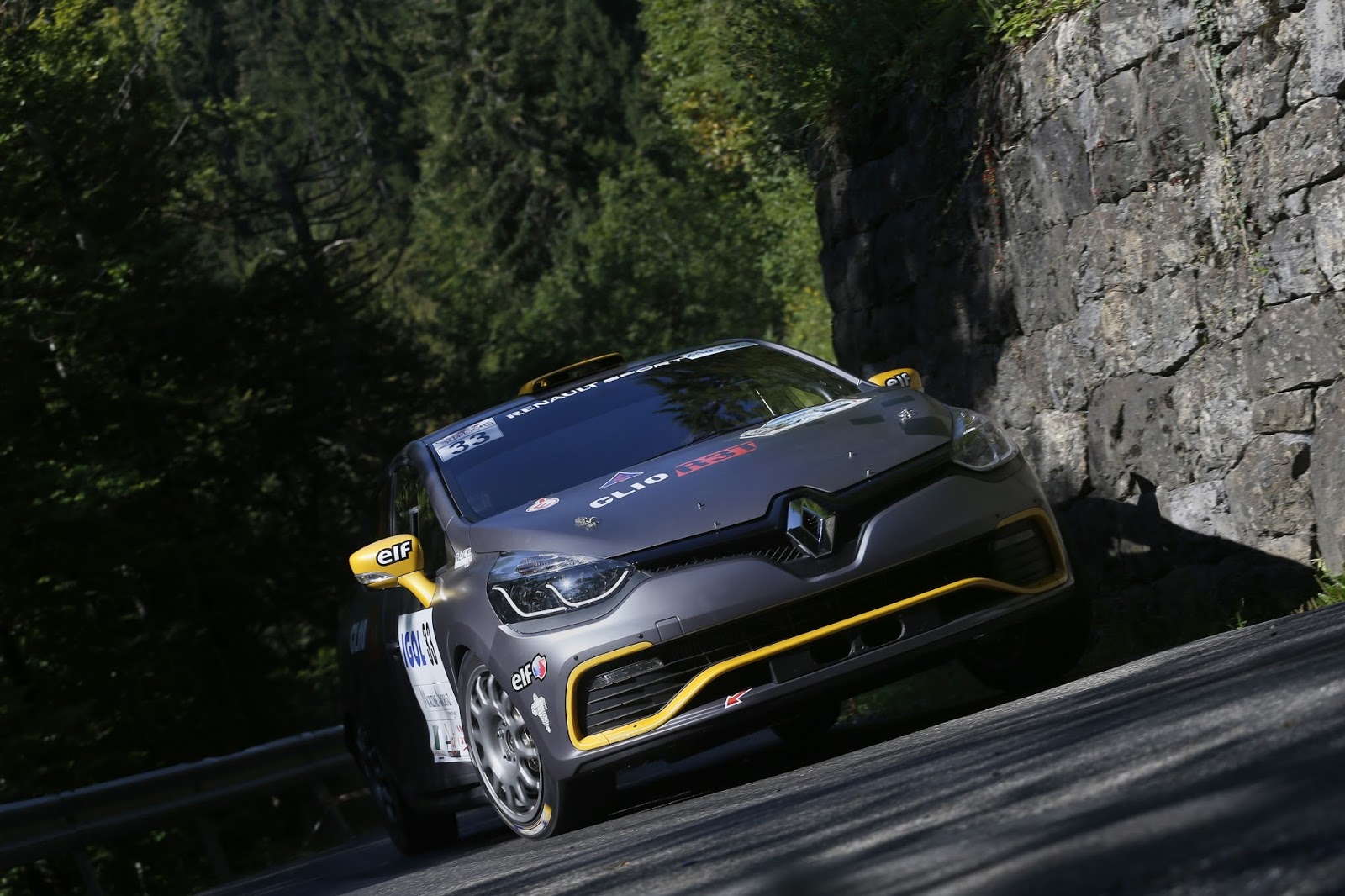
In the first generation of the model, the legendary Renault Clio Williams, which excelled at Group N, Group A and as a kit car in the Maxi version, were the key to the Clio's success on special stages. Similarly, in the 2nd generation the "birth" of the Renault Sport (R.S.) versions, with the thunderous 3.0 R.S. V6 at the top, demonstrated the Clio's capabilities in the best possible way.

Today, in its 4th generation, Clio continues the company's long tradition, with the most recent creation being the Renault Clio R3 T, considered one of the top front-wheel drive rally cars. To mark the 25th anniversary of the model, Renault Sport engineers have revealed some of the secrets to the success of the Clio's racing versions:
1) Bodywork: Dynamic aesthetics with effective aerodynamic performance
Hailed as one of the most beautiful models in its class, the 4th generation Clio features a design that also stands out for its aerodynamic performance. Given that the bodywork regulations for the R3 class are very strict, the production Clio and Clio R.S. were designed to provide the ideal basis for the race version in terms of aerodynamics. At the same time, the sharply inflated wings allow for the trouble-free fitting of racing tyres for both asphalt and dirt tracks.
2) Context: Top efficiency, but also friendliness
Clio's chassis and suspension are designed to provide the perfect balance between comfort and driving pleasure. During development, testers created the model's key features with the electronic aids (ESP, ASR, etc.) switched off. The result is an extremely friendly, predictable and easy to control set-up, which also provides the driver with maximum information about the car's behaviour at all times. At the same time, the robust chassis of the "civilian" version enables the Clio R3 T racing Clio to respond just as well on asphalt and dirt tracks. These elements allow racers to adapt immediately to the character of the car, exploiting its maximum potential in a very short time.
3) Engine: With Formula 1 technology
Retaining its title as one of the most successful engine manufacturers in Formula 1, Renault equips its production models with technology derived from its experience in the premier form of motorsport. The 1.6-litre turbocharged engine, coded M5MT, used in the Clio R.S., has been developed with the model's racing commitments in mind. Already on the production model, Renault's engineers have applied technologies to maximise performance and reliability, for example through DLC (Diamond-Like Carbon) treated components. At the same time, the excellent construction of the block and head allowed Renault Sport engineers to develop the engine to its limits, reaching 242 hp and 48 hp of torque , while maintaining the same high degree of reliability and resistance to tough racing use.
With a passion for racing engraved in its DNA, Renault continues its involvement in motor racing and the transfer of technology to production cars. The 25-year history of the Clio and the model's parallel racing career is the best confirmation of the success of this strategy.
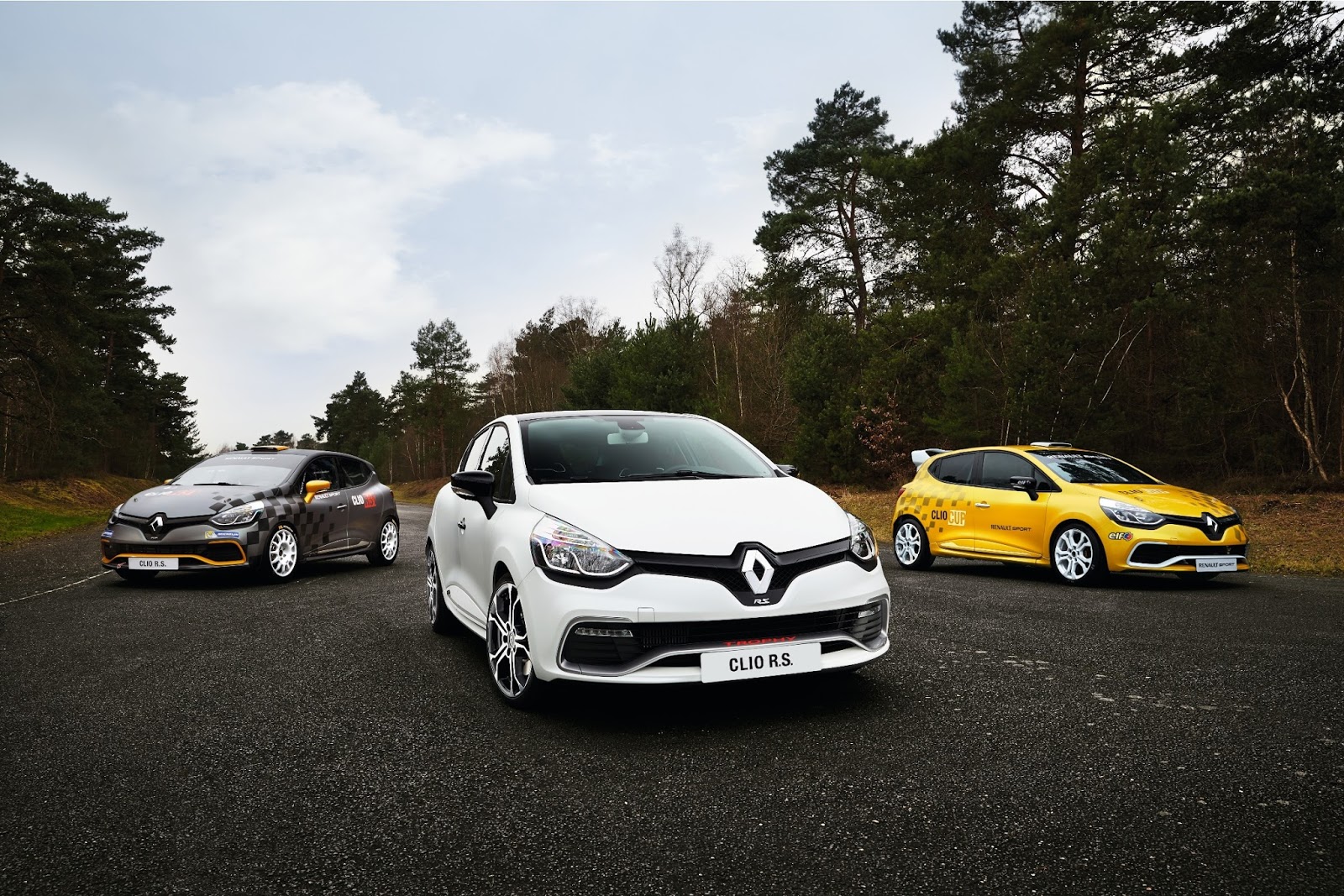
See the Clio R3 T in action:


